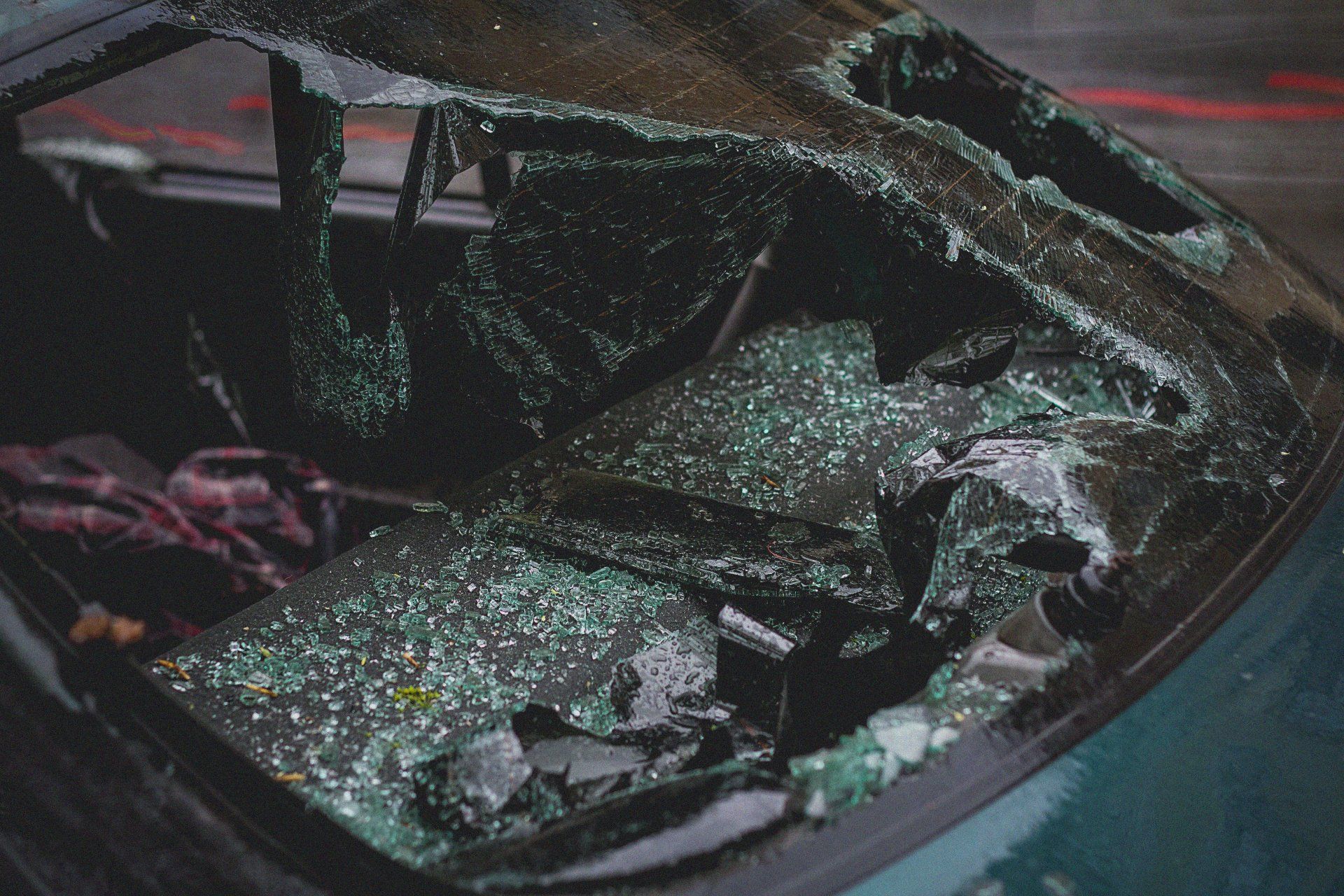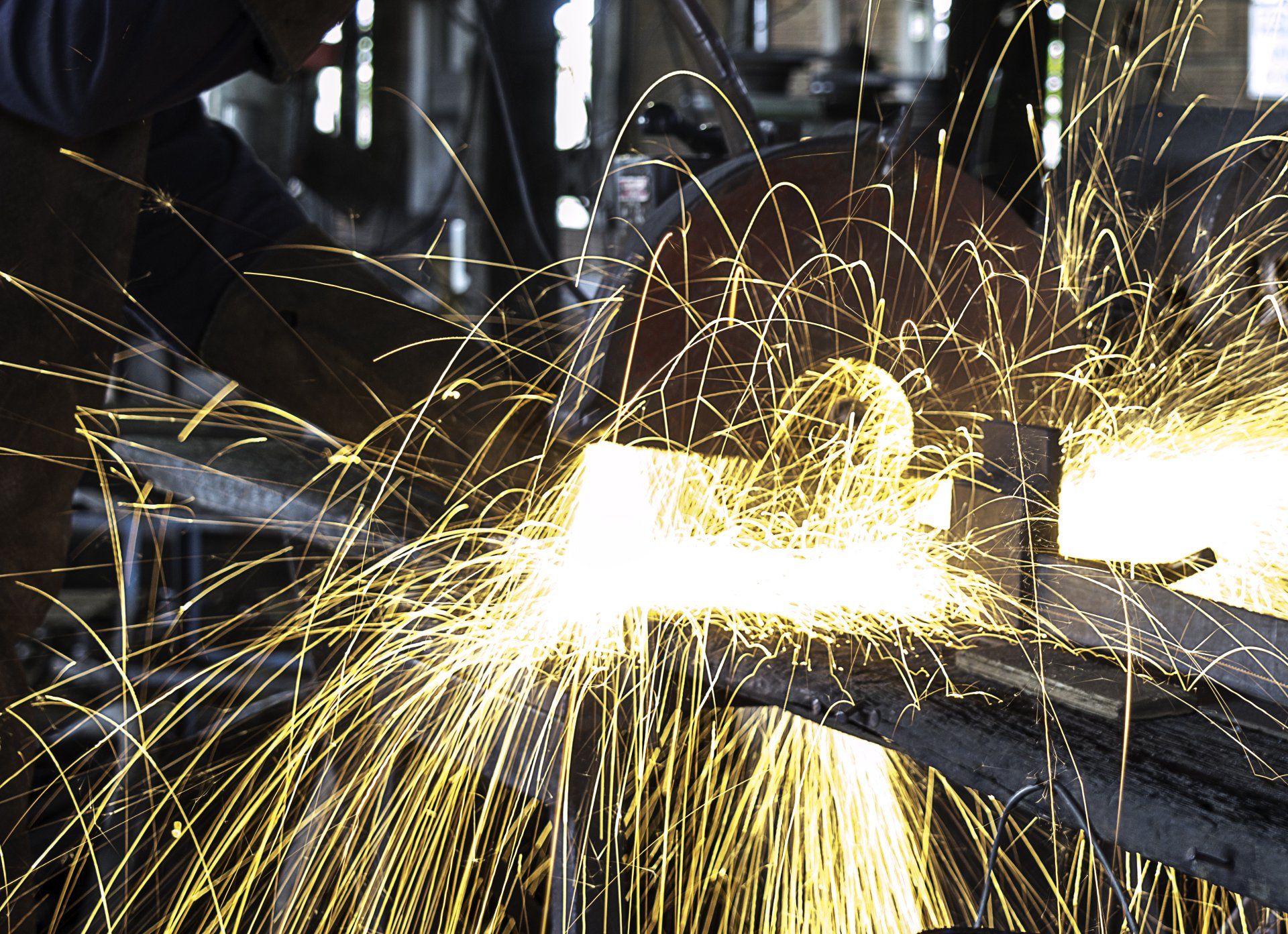78-Year-Old Man Dies in Collision with Construction Crew Vehicle
A 78-year-old man died on Tuesday, March 30th, when he drove into an F250 being driven by workers of a construction crew. The crew was in the process of closing the lane when the accident occurred.
Details of the Crash
A crash in the 5700 block of Railroad Drive in El Paso on Tuesday resulted in the death of one driver and the injury of a passenger. Officers were called to the scene just before 1:30 p.m. and closed the roadway for six hours following the incident.
The 78-year-old man was driving a 2000 Honda Passport southbound in the right lane of Railroad Drive while a 2008 F250 was driving slowly in the left lane. The F250 was being driven by a 69-year-old member of a construction crew; the crew were in the process of closing the left lane.
While passing the F250, the 78-year-old veered suddenly into the left lane and struck the slow-moving construction vehicle. The driver of the F250 was unharmed.
The 78-year-old had to be extricated from his vehicle and faced life-threatening injuries in the crash. His passenger faced non-life-threatening injuries. Both were transported to a local hospital where the elderly man succumbed to his injuries.
Construction and Work Zone Accidents in Texas
While work zone accidents have long been a fact of life in Texas, the rate at which these accidents take place has more than doubled in the past decade. While there were roughly 13,000 work zone accidents in the state in 2010, 2019 saw more than 26,000 accidents.
When last we reported on work zone crashes, there was some hope amongst traffic safety experts that 2020 could see a decrease in work zone accidents due to decreases in traffic. Unfortunately, according to The Pew Charitable Trusts , this reduction doesn’t seem to have occurred. In fact, in many states, the number of work zone crashes has seen a considerable spike.
There are a few theories as to why work zone crashes have been such an issue during this pandemic. First, speeding is on the rise across the country. As traffic on roadways thins, drivers feel more emboldened to speed. Sadly, this has contributed to a rise in many kinds of accidents despite fewer cars being on the road.
“Speeding has really come to the forefront during COVID. People are going much too fast,” Pam Shadel Fischer, a senior director at the Governors Highway Safety Association told Pew. “In work zones, that’s the worst thing we can have happen.”
Second, because of the drop in traffic, more road work has been underway. Work zones can mean narrowed right-of-ways, changes in traffic patterns, lane closures, and added barriers, all of which can contribute to the likelihood that an accident will occur.
Incidents of drivers traveling at incredibly high speeds in work zones have cropped up across the country over the past year. In Oregon, a driver went off the road while traveling 104 mph through a 50 mph work zone. In North Carolina, a driver was clocked driving 187 mph through a work zone before police were able to force him to stop. For large vehicles like semis, drivers don’t need to be driving at over 100 mph in order to cause an incredibly deadly accident.
If you’re considering speeding in a work zone, remember that you’re putting not only yourself and passengers at risk, but also all of the workers who are there to improve your roads and walkways. Speeding is never safe, but speeding in a work zone is especially dangerous and deadly.
If you’ve been involved in a Texas car accident, contact the Houston car accident attorneys of Lapeze and Johns, PLLC, for help seeking financial relief.
Source : KTSM



